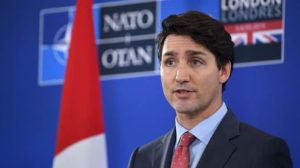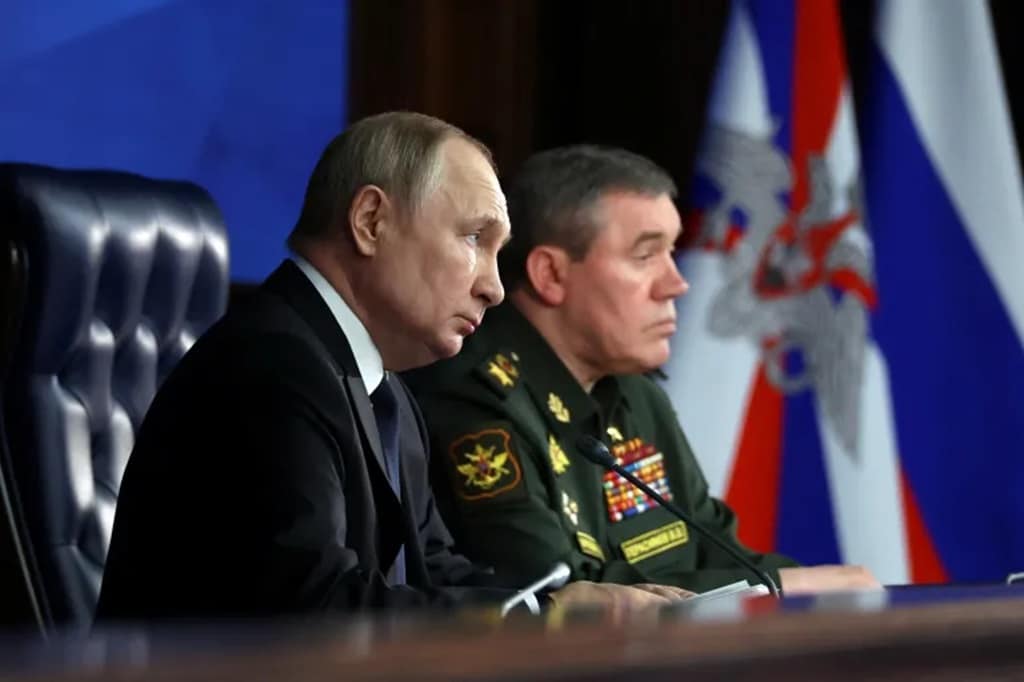President Vladimir Putin expanded the regular size of the Russian army by 180,000 troops to 1.5 million active troops on Monday, citing NATO claims that Ukraine can use its long-range missiles to strike deep within Russia.
President Putin ordered that the overall number of the armed forces be boosted to 2.38 million individuals, with 1.5 million active military members.
According to data from the International Institute for Strategic Studies (IISS), a renowned US military think tank, such an increase in military personnel would propel Russia over the United States and India in terms of active combat soldiers.
The move, the third time Putin has increased the army’s size since sending troops into Ukraine in February 2022, comes as Russian soldiers press forward in eastern Ukraine on parts of a massive 1,000-kilometer (627-mile) frontline and attempt to expel Ukrainian forces from Russia’s Kursk area.
The action comes after outgoing NATO Secretary General Jens Stoltenberg said he welcomed negotiations on Ukraine’s use of long-range missiles to strike within Russian territory, but that any decision on the matter would be made by individual countries.

Ukrainian President Volodymyr Zelenskyy has been lobbying with friends for months to allow Ukraine to launch Western missiles, including long-range US ATACMS and British Storm Shadows, deep into Russia, limiting Moscow’s ability to conduct attacks.
Last week, British Prime Minister Keir Starmer and US President Joe Biden discussed whether to authorise Kyiv to employ the long-range missiles against Russian targets in Washington. There was no announcement about the decision.
According to reports, Starmer supports allowing Ukraine to employ long-range missiles, whilst Biden is concerned that allowing such strikes could lead to a direct confrontation between NATO and Russia.
However, some US officials are doubtful that enabling the use of such missiles would significantly improve Kyiv’s defence against Russian invaders.

Analysts believe that if the West allows Ukraine to use its long-range missiles to hit Russia, Putin may retaliate by striking British military assets near Russia or, in the worst-case scenario, conducting a nuclear test to demonstrate intent.
Ulrich Kuehn, an armaments specialist at the Institute for Peace Research and Security Policy in Hamburg, said he did not rule out Putin sending a nuclear message, such as testing a nuclear bomb in an attempt to intimidate the West.
Meanwhile, Canadian Prime Minister Justin Trudeau said on Friday that Ukraine should be permitted to strike within Russian territory, as his American and British counterparts met in Washington to consider lifting restrictions on long-range weapons provided to Kyiv.
Putin warned that permitting Ukraine to employ long-range weaponry provided by NATO would mean that NATO countries, including the United States, Canada, the United Kingdom, and European countries, were at war with Russia.
Many Canadians were upset by Trudeau’s statements, feeling that he and NATO were driving Canada closer to nuclear war with Russia.
Related News:
Putin Says US Long-Range Missiles Hitting Russia an Act of War
Putin Says US Long-Range Missiles Hitting Russia an Act of War









